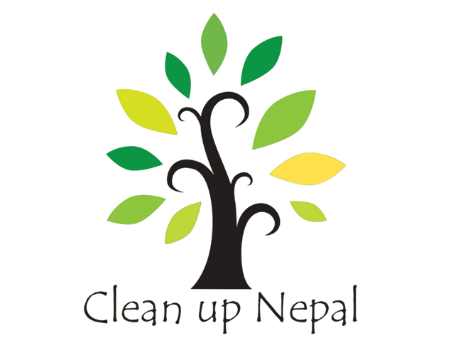7th River Cleanup near Balkumari Bridge: Over 54,700 kg of Waste Collected
Today marked the successful completion of our 7th River Cleanup under the RIVER+ project near Balkumari Bridge, where over 54,700 kg of waste was collected. This significant achievement was possible thanks to the dedication of 91 volunteers, community members, Nepal Police, and students. Special thanks go to the High-Powered Committee for Integrated Development of the Bagmati Civilization (HPCIDBC) for providing an excavator, which was crucial in removing such a large amount of waste.
This incredible effort was supported by the World Bank through the Plastic Free Rivers and Seas for South Asia (PLEASE Project), implemented by the South Asia Co-operative Environment Programme with support from UNOPS Sri Lanka. RIVER+ is led by Biocomp Nepal in partnership with People in Need Nepal and CLEAN UP NEPAL.
The clean-up event saw 131 participants, with 84 women and 47 men, including 91 volunteers. Major stakeholders included HPCIDBC, Nepal Electricity Authority (NEA), LMC Ward 9, and the LMC Sanitation Department. Each event was meticulously planned by CLEAN UP NEPAL and coordinated with the municipality, HPCIDBC, ward, and security forces.
Previous clean-up efforts at the Balkumari suspension bridge revealed significant debris, necessitating a major clean-up effort. HPCIDBC, the key organization managing river-related issues in Kathmandu Valley, provided crucial support. Established on June 8, 2008, HPCIDBC aims to ensure cleanliness and environmental sustainability along the Bagmati River and its tributaries, preserving the religious, cultural, and archaeological sites along the riverbank. The committee undertakes infrastructure projects such as building sewerage systems, roads, green areas, embankments, and check dams, alongside operating a sewage treatment facility on the riverbanks.
For this clean-up, HPCIDBC provided an excavator, and NEA addressed safety concerns related to numerous electric poles along the river corridor by cutting off electricity for three hours in the morning and providing technical assistance. A staff member was assigned to ensure safety throughout the event.
With active involvement and the use of an excavator, a significant amount of waste was collected. Concurrent waste audits showed the total waste collected weighed 54,737.695 kg. The LMC sanitation department then loaded all the collected waste for disposal.
This effort underscores the importance of community collaboration and government support in achieving cleaner rivers and environmental sustainability.

